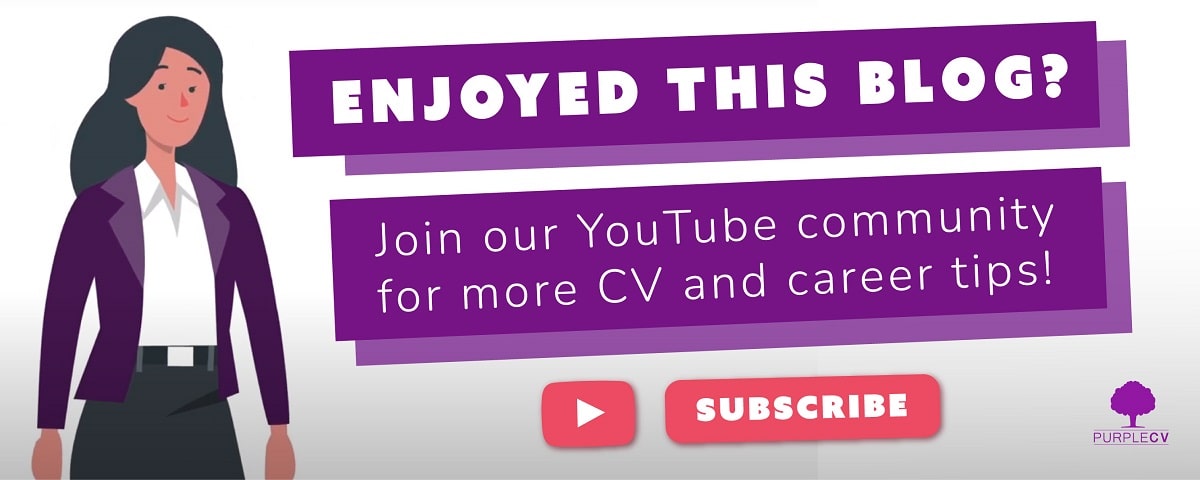Which conflict resolution model is the best? And how do you use it?
We’ll run through eight of the most widely used conflict resolution models in this detailed guide.
Research and statistics from market intelligence experts Gitnux reveals some startling statistics about conflict.
Conflict at work is common for 26% of UK employees. Citing findings from Acas, on average nearly 500,000 employees resign every year due to work conflicts.
And with almost 875,000 employees taking sick days at work due to conflict, it’s costing their firms as much as £2.2bn.
At a global level, staff spend an average of 2.1 hours per week resolving conflict, rising to a high of 2.8 hours per week in the US. Reportedly, that’s equal to $359bn in paid hours focused on conflict resolution.
Some level of conflict at work is almost inevitable, therefore it’s a good idea to know how to resolve it as efficiently and smoothly as possible.
Always remember that if you’re facing a serious conflict at work, including harassment or bullying, speak to your HR team as soon as possible.
There are many issues in the workplace that can lead to conflict – such as perceived unfairness, miscommunication, management issues or a bad culture. Let’s start by looking at a model exploring the causes of conflict.
Causes of conflict – the Circle of Conflict model
This model is a framework that identifies five fundamental causes of conflict:
- Data – e.g. information gaps
- Structure – e.g. organisational structures
- Relationships – e.g. interpersonal dynamics
- Values – e.g. differing values
- Interests – e.g. different interests
It aids in understanding the core elements contributing to conflict. By pinpointing the root issues, colleagues can address conflicts proactively.
Arguably this model is one of the best tools for identifying and analysing causes of conflict, but not necessarily for resolving them.
The next model we’ll look at is all about reaching a resolution though. It’s arguably the most well-known and widely used conflict resolution model at work.
Thomas-Kilmann Conflict Mode Instrument (TKI)
Management professors Kenneth Thomas and Ralph Kilmann presented their conflict management model in 1974.
Here is a visual diagram of their work. They defined five ways to handle conflict, based on two sliding scales of assertiveness (the y axis) and cooperativeness (the x axis):
- Cooperativeness: Concern for others’ needs
- Assertiveness: Concern for your own needs
For example, Compete is the uncooperative and highly assertive way forward. In contrast, Accommodate is a highly cooperative but unassertive approach.
Practitioners often make comparisons between the Thomas Kilmann conflict model (TKI) and the Dual Concern Model (DCM) by psychologists Dean Pruitt and Peter Carnevale in 1993. As with many conflict models it builds on the managerial grid model developed by Robert Blake and Jane Mouton in 1964.
Arguably the DCM model works in a similar way to TKI but with different terminology for the approaches. For example, it uses language such as ‘force’ instead of Compete, ‘oblige’ or ‘yield’ instead of Accommodate and so on.
The five TKI ways to manage conflict
Let’s take a closer look at these five approaches.
Avoid
- Staff choosing this approach sidestep confrontations, hoping the issue could resolve itself or seeking a more opportune time for discussion.
- But while avoidance might provide temporary relief, unresolved conflicts may escalate over time.
While it sounds like kicking the can down the road, avoidance can make sense if you don’t want to rush a decision or if the conflict is not very serious.
Compete
- This approach focuses on personal objectives, with staff often using their authority or persuasive tactics to win the argument.
- While effective in decisive situations, the competitive style can strain relationships and hinder collaborative efforts.
You could see this as the best approach to make a quick decision, address an urgent safety concern, or if someone is undermining your authority.
Accommodate
- This approach involves making concessions to maintain harmony and preserve working relationships.
- While accommodating promotes goodwill, it may lead to unmet personal needs if staff overuse this approach, potentially creating resentment.
This way forward often achieves the quickest results and works well if you value a working relationship with a colleague more than your personal opinion or the eventual outcome.
Collaborate
- Colleagues using this approach strive to address the concerns of both parties and seek mutually beneficial solutions.
- Collaboration involves open communication, active listening and a commitment to finding creative resolutions that meet the needs and interests of everyone involved.
Benefits of this style include turning challenges into learning opportunities, combining partial solutions and inspiring creative problem-solving.
Compromise
- In this style, colleagues are willing to make concessions to achieve a middle-ground solution!
This way forward is often the next attempt after trying Collaborate or Compete. It can also decrease the tension between colleagues, but may not satisfy everyone.
Other conflict resolution model examples
Here are several other conflict models:
- The Harvard Negotiation Project’s Principled Negotiation Model: Developed by Roger Fisher, Bruce Patton and William Ury, this model emphasises separating coworkers from the problem. It focuses on interests rather than positions, generating options for mutual gain and insisting on using objective criteria.
- The Interest-Based Relational approach (IBR): Building on the Harvard model, the IBR approach emphasises the importance of building and maintaining positive relationships while addressing conflicts. It involves active listening, empathy and open communication to understand each colleague’s perspective and reach a mutually satisfactory resolution.
- Conflict Transformation by Peaceful Means – the Transcend method: From a training programme run by the UN, written by John Galtung, this is based on six different religious premises. It involves mapping the conflict and designing mutually accepted goals to follow moving forward.
- Graduated and Reciprocated Initiatives in Tension-Reduction (GRIT): This was developed by Charles Osgood during the Cold War! This model emphasises the use of persistent and positive efforts to de-escalate conflict. At work, it could involve one colleague making small, unilateral concessions with the expectation that the other will reciprocate, gradually building trust and reducing tension between them.
- Collaborative Problem Solving (CPS): Also known as Collaborative and Proactive Solutions. Originally designed by Dr Ross Greene to address challenging behaviour by children, some practitioners now use this in the workplace too. It involves showing empathy, sharing your concern, then inviting your colleague to brainstorm solutions to the problem with you.
For a simpler approach, here are some general principles that often help resolve conflict at work.
Final thoughts: Conflict resolution at work
First of all, take the time to listen – let colleagues express their concerns and ask relevant questions too.
Try to create a calm environment that encourages dialogue – go to a private meeting room, don’t have a loud argument in the middle of an office!
When the conflict has calmed down, agree on some boundaries too. Take care not to take on too much extra responsibility just to placate a colleague, for example.
We’ve written several other guides covering life at work, including managing upwards – what it means and how to do it.
Elsewhere we run through what hybrid working is and how to take time off in lieu (TOIL).
From beginner to boardroom, PurpleCV has you covered. Check out our CV writing service and please don’t hesitate to get in touch with any queries!


